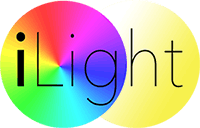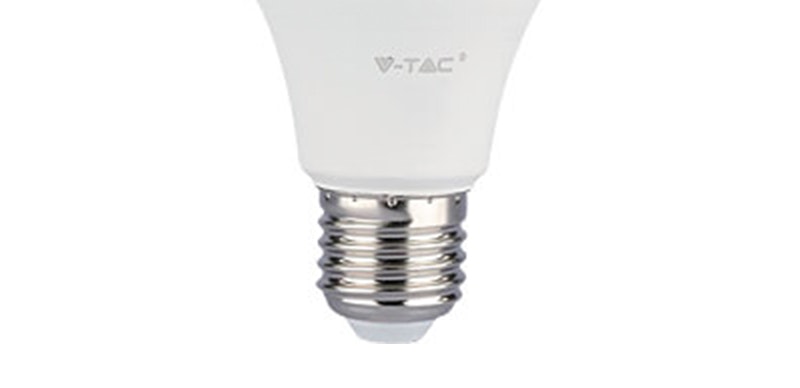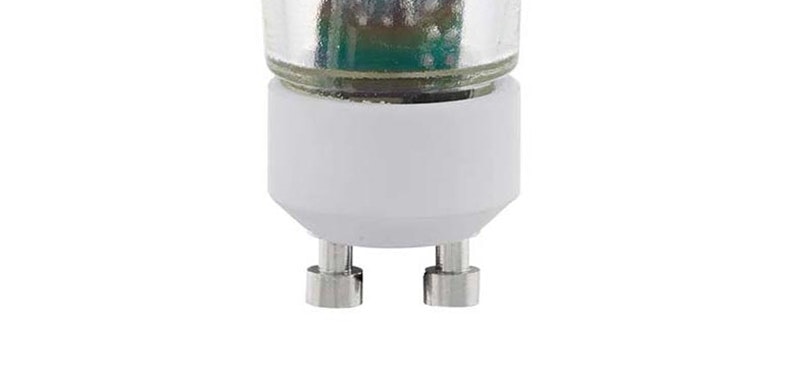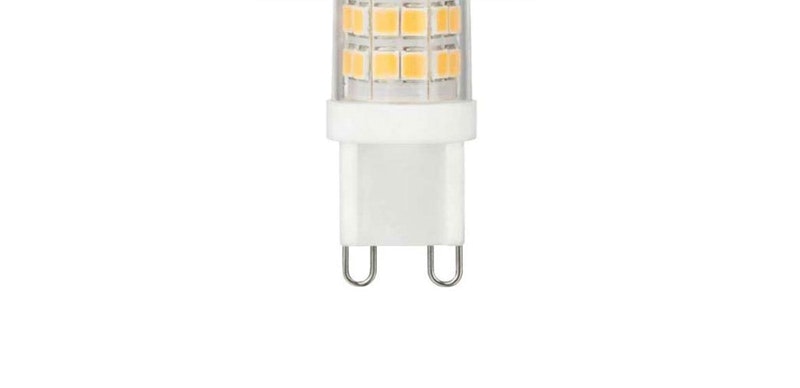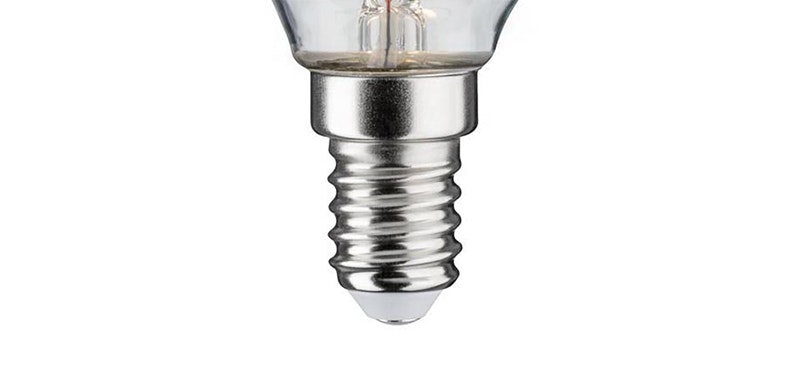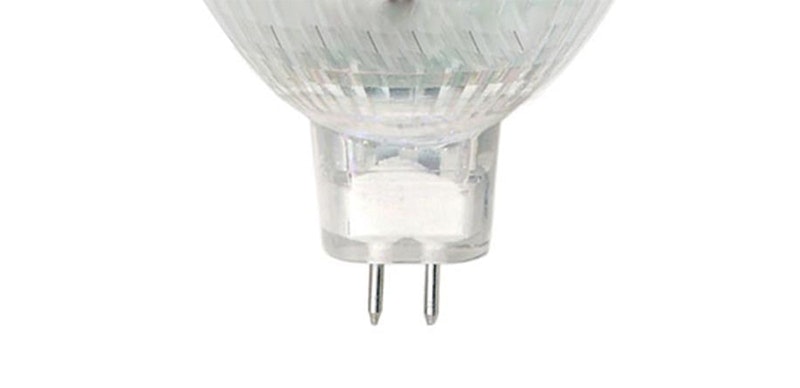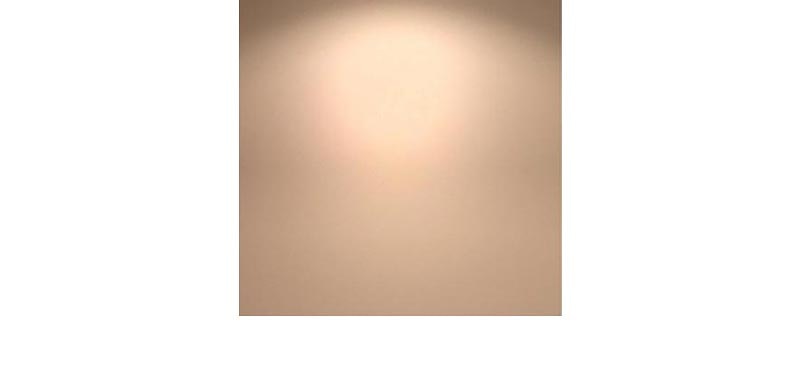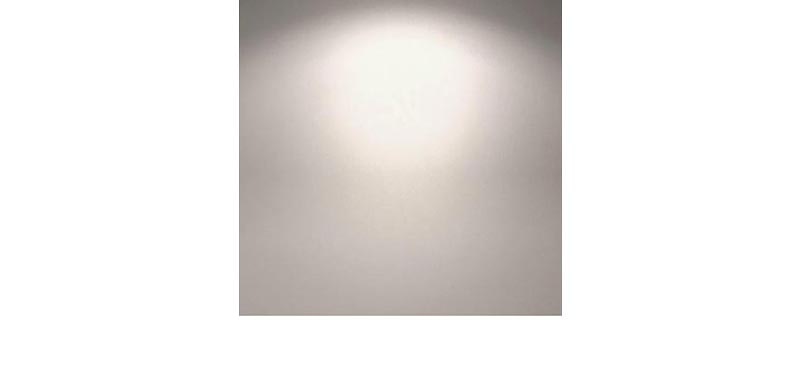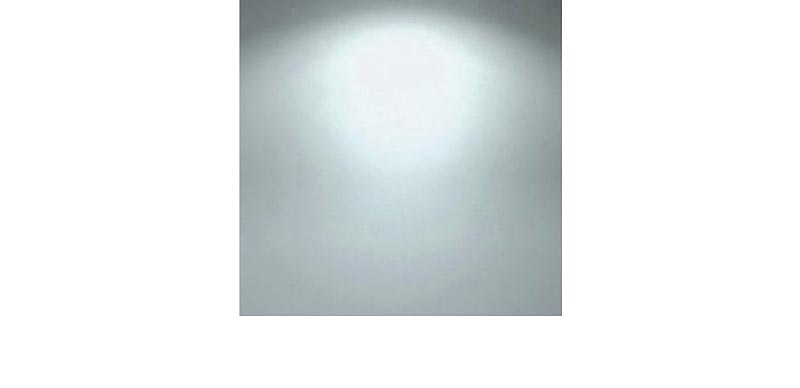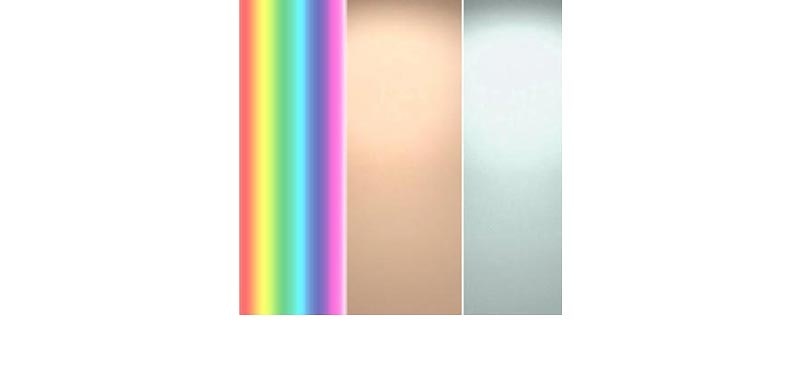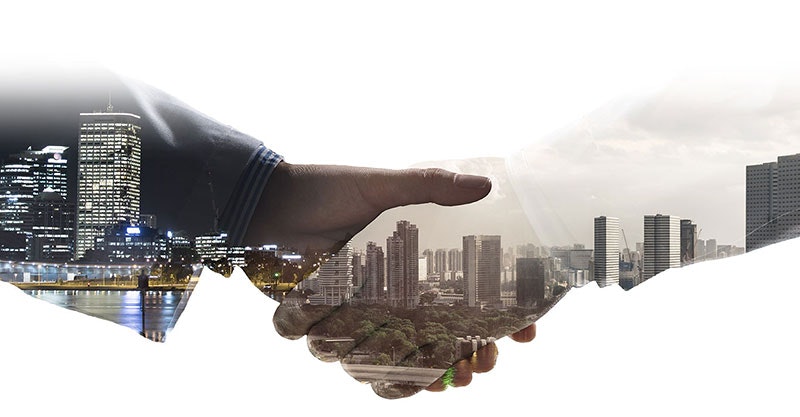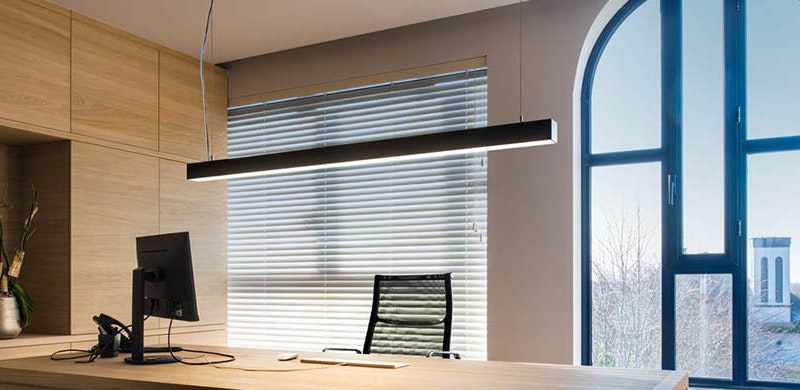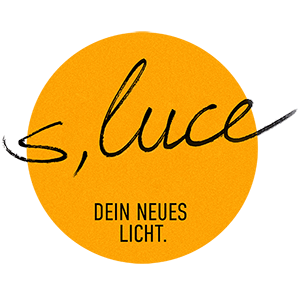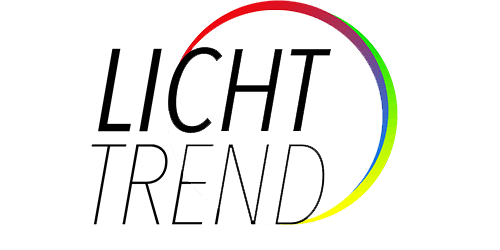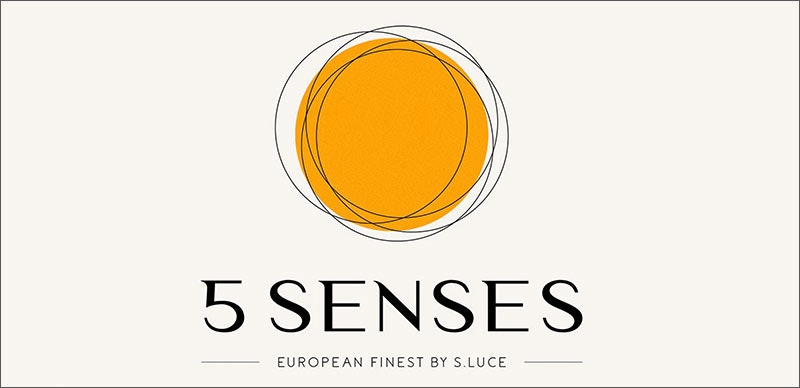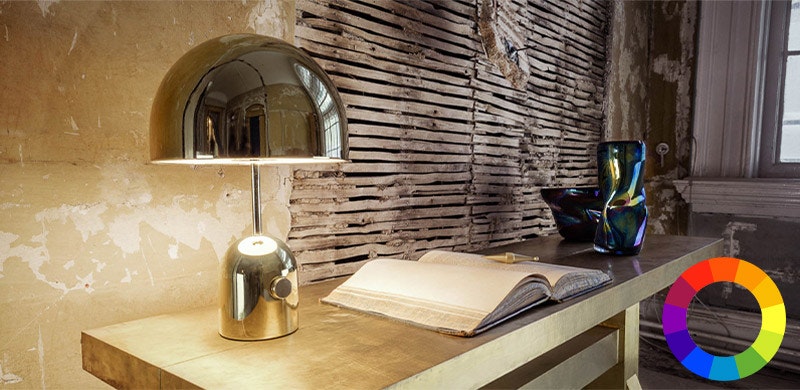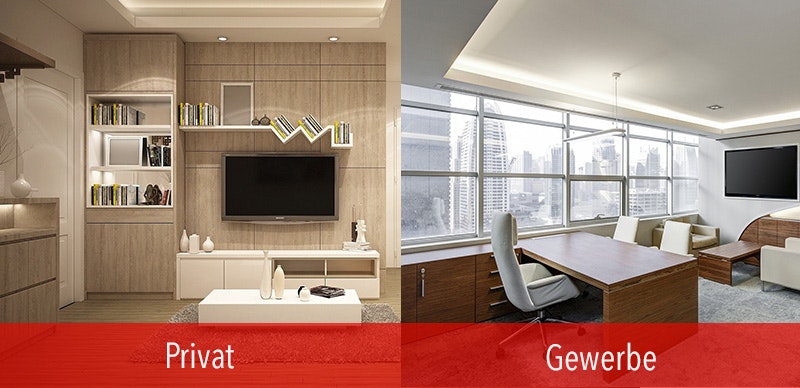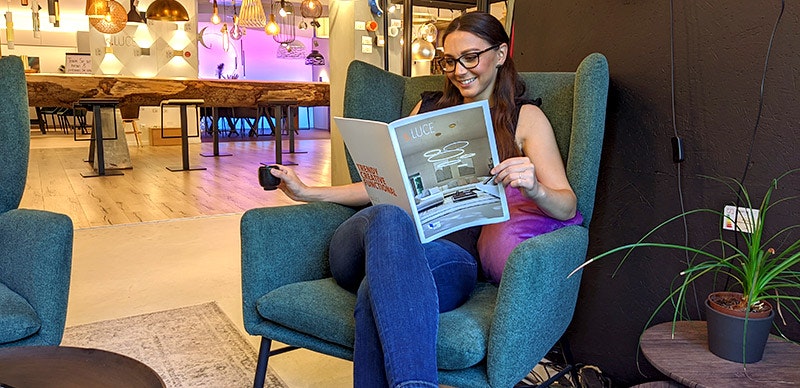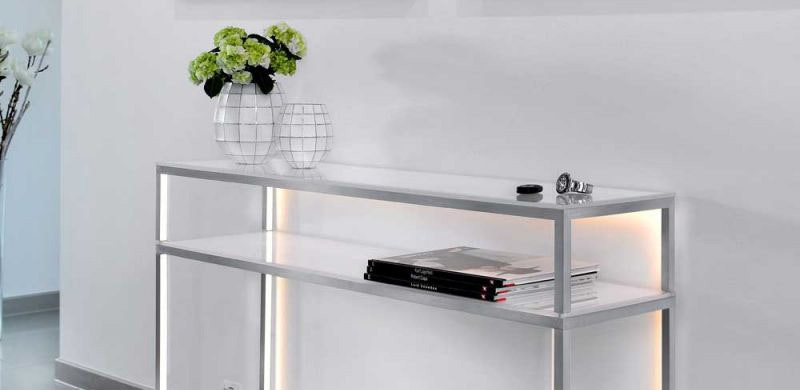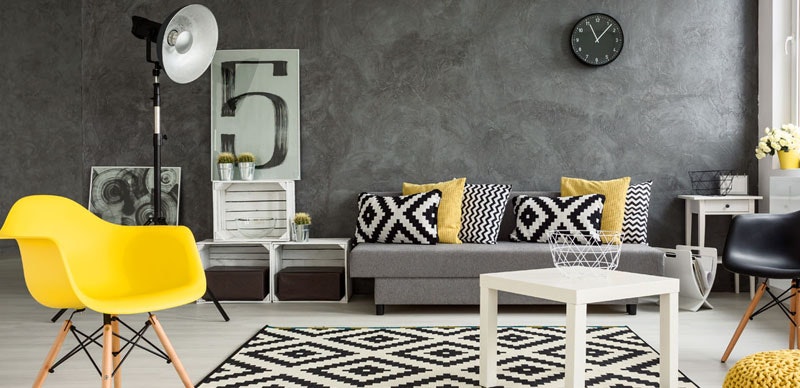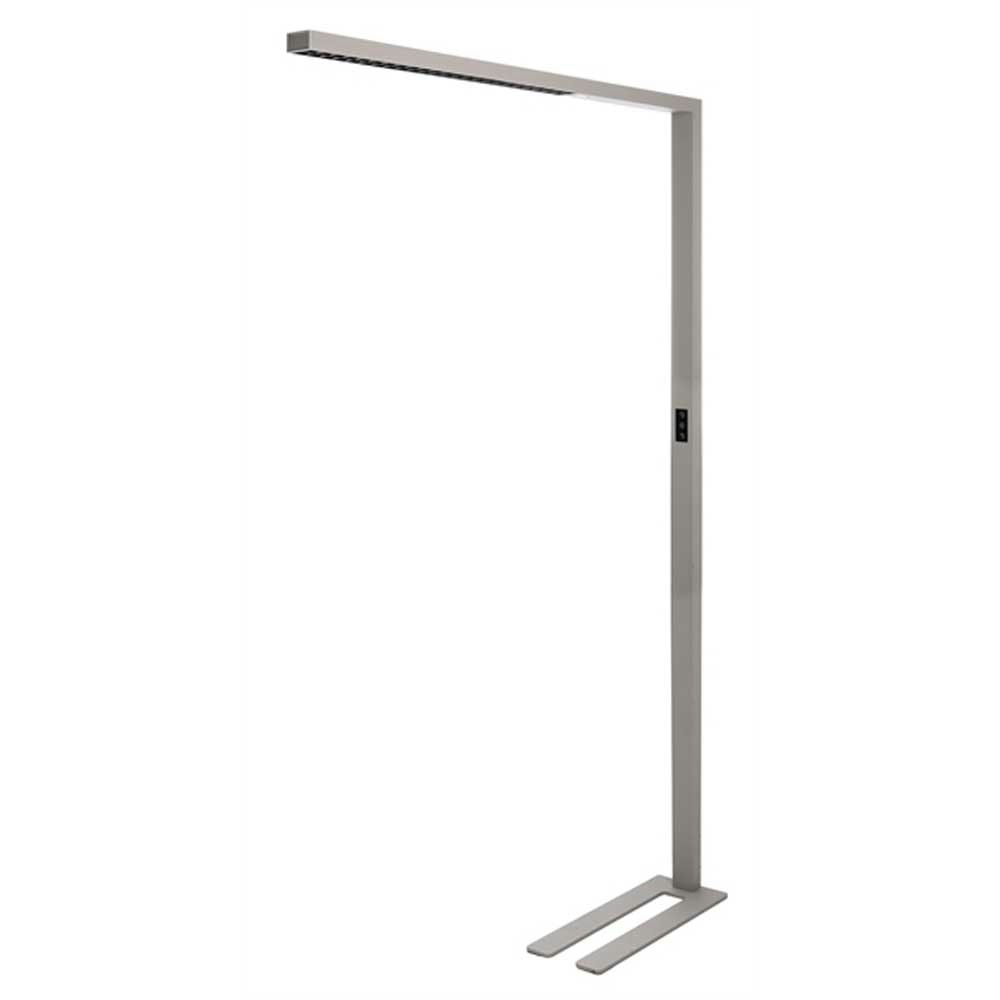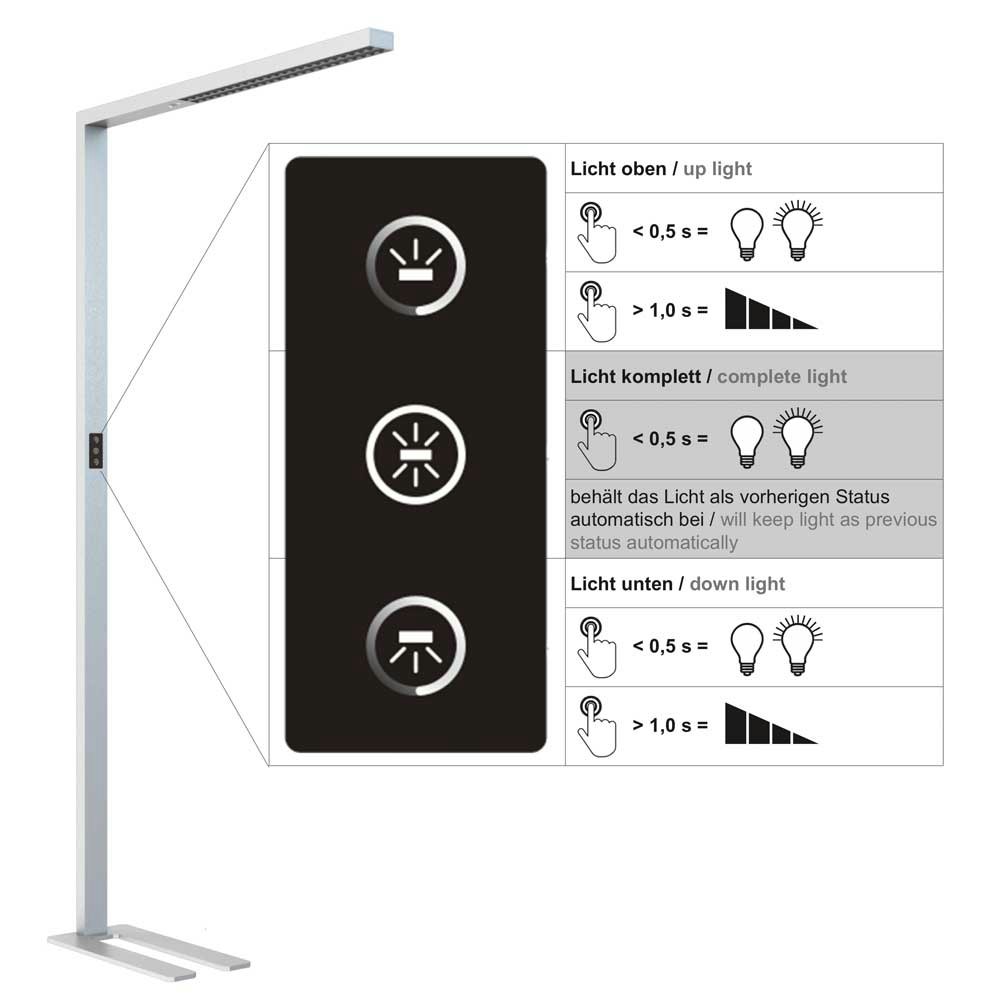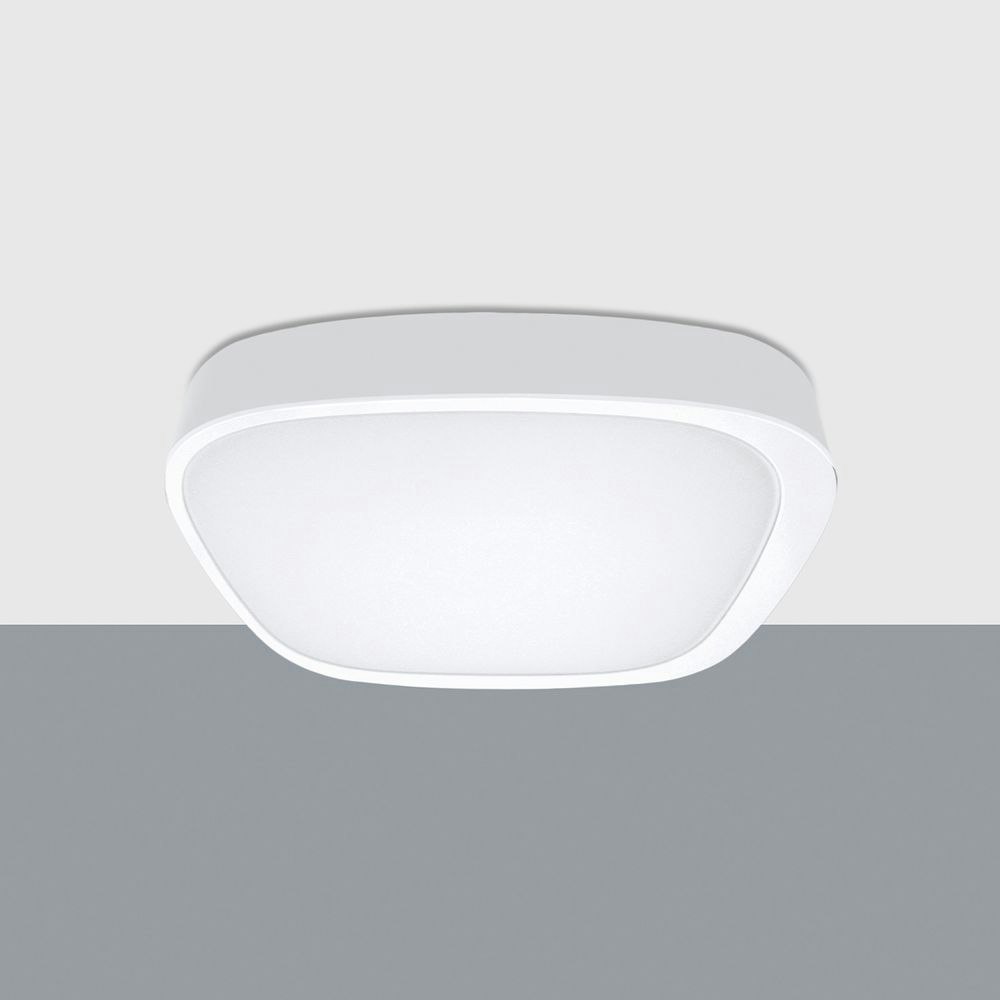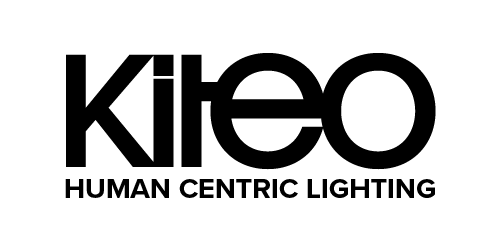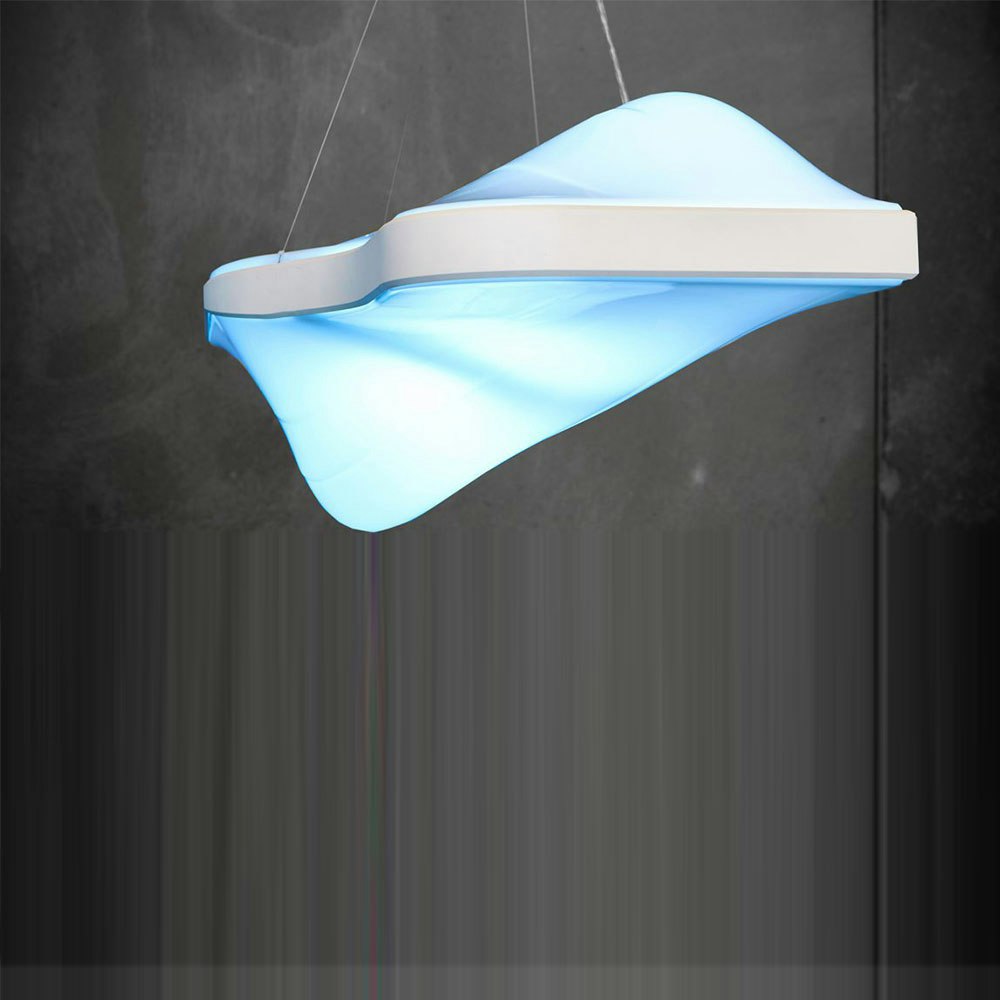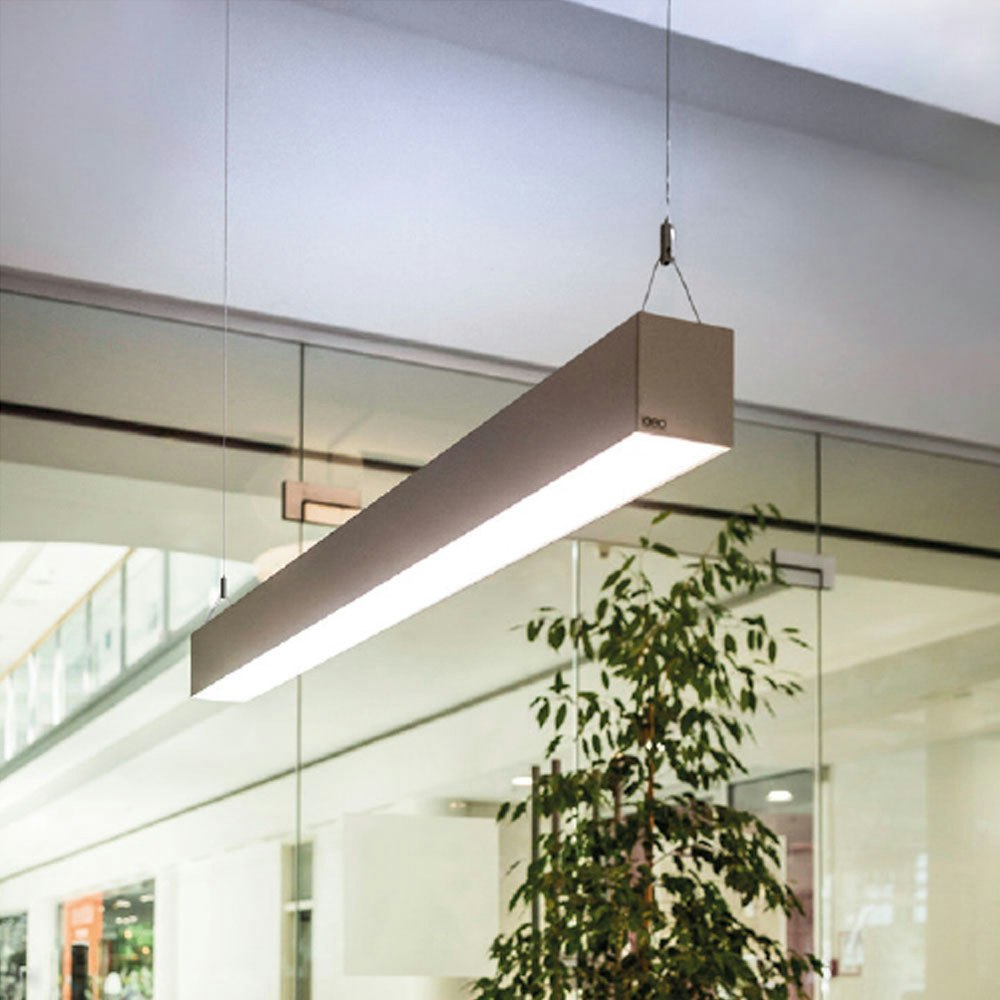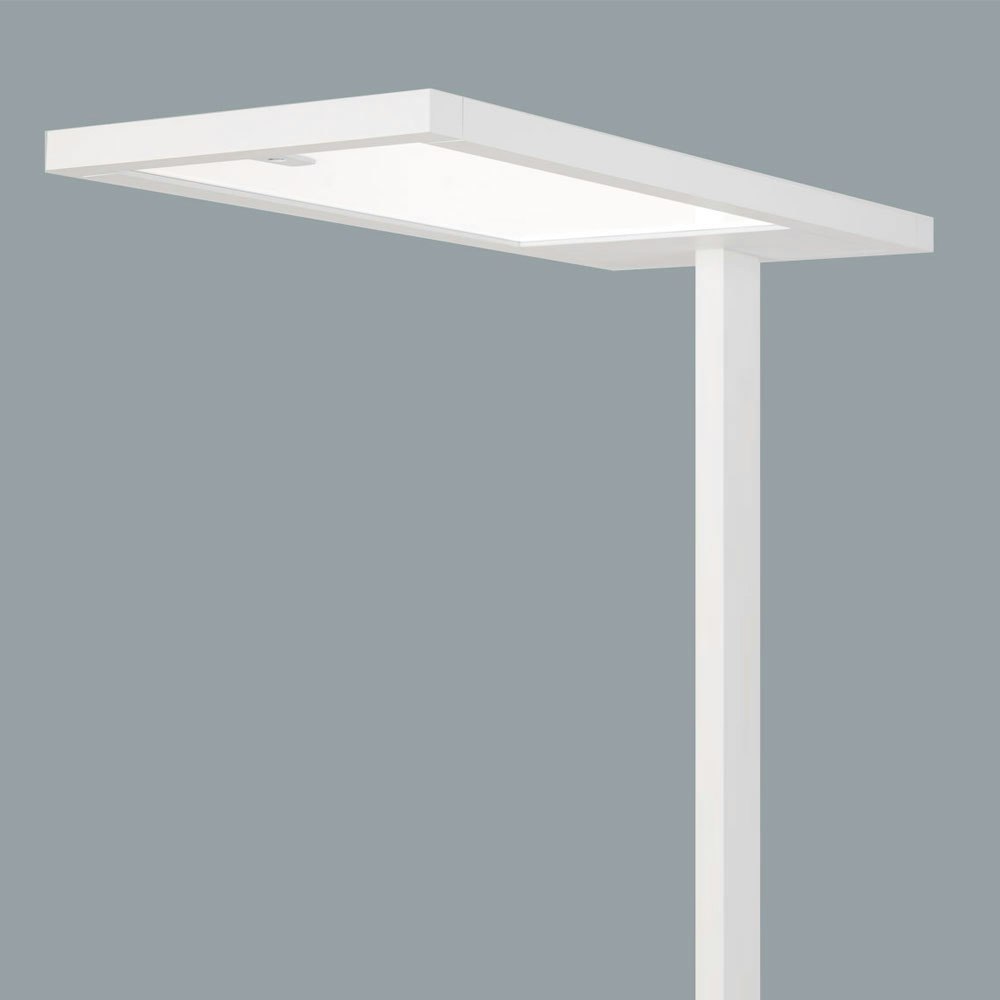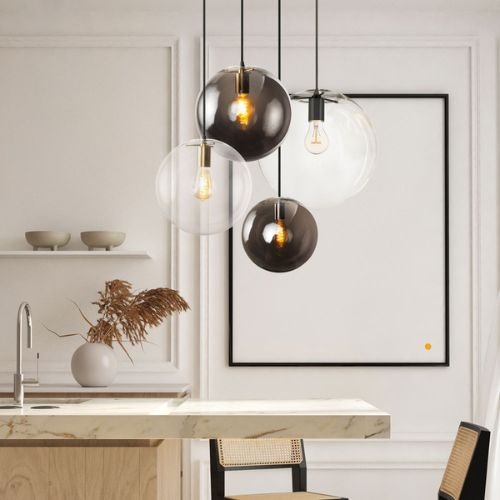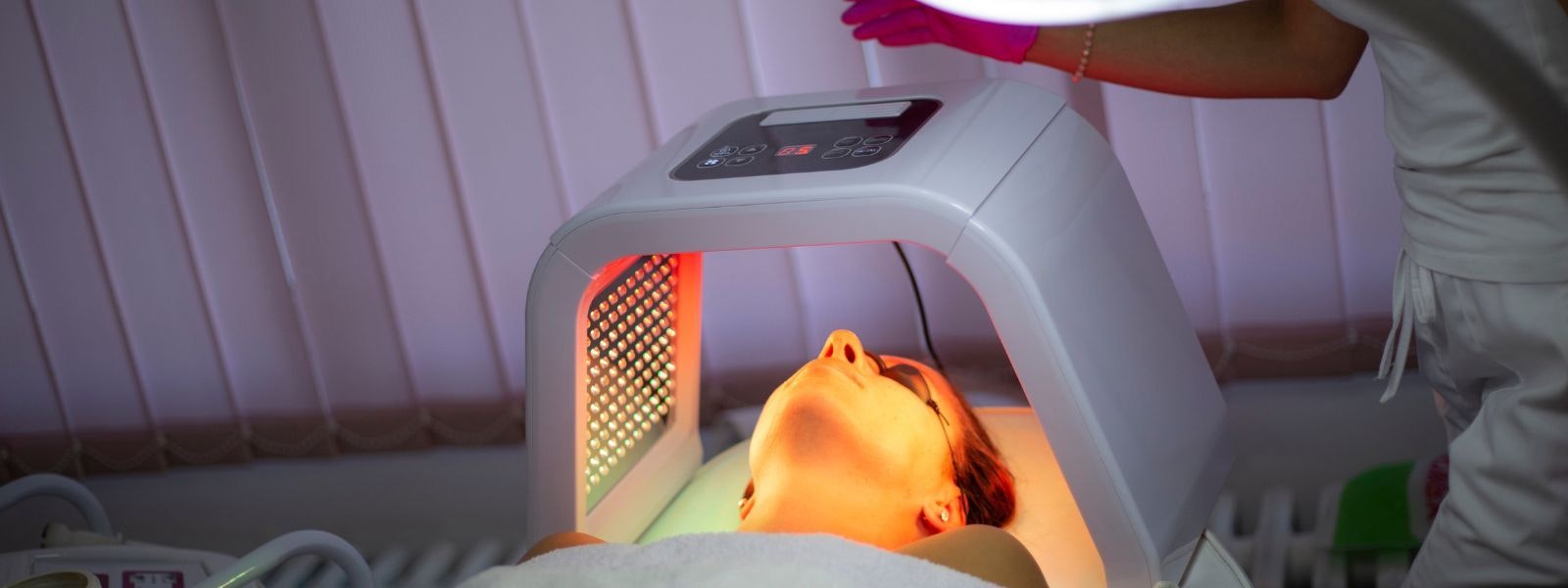
Light Therapy: The Science and Practice of Light-Based Therapiesn
Light therapy and its meaning
You get up in the morning and open the curtains. Immediately your bedroom is filled with natural light. The warm sunlight streams in and invigorates your body. You feel your mood lift. But did you know that light can do more than brighten your day? It has the potential to improve your health. This fascinating insight has led to the development of light therapy.
Let's dive into the world of science and practice of light-based healing. First, it's important to understand what light therapy even is. Light therapy, also known as phototherapy, uses specific wavelengths of light to treat various health problems. This can be natural sunlight, artificial light or even infrared rays.
The beginnings of light therapy date back to ancient Egypt. The Egyptians used coloured glass and crystals to refract sunlight and use certain colours for healing purposes. Today, however, science is much more advanced and has broken down the exact way light affects our bodies.Light can affect our bodies at a molecular level by stimulating cellular activity and triggering chemical reactions. These processes can promote tissue regeneration, boost the immune system and improve mood. Some types of light can even help to kill certain microorganisms such as bacteria and viruses.
There are many uses for light therapy. It can be used for skin diseases such as psoriasis and neurodermatitis. Light therapy can also help with psychological conditions such as seasonal affective disorder (SAD), a type of depression that worsens in the darker months of the year. Furthermore, light therapy is often used to treat sleep disorders. Research has shown that the blue light emitted by many electronic devices can disrupt our natural sleep-wake cycle, called the circadian rhythm. On the other hand, targeted, controlled light can help regulate these rhythms and improve sleep quality.
Light therapy has also found application in pain therapy, where infrared light is used to improve circulation and speed up the healing process. And in aesthetics, light therapy is used to treat acne, wrinkles and age spots, for example. Despite these advances, it is important to emphasise that light therapy should not be seen as a substitute for conventional medical treatments. However, it can be a valuable adjunct that improves overall well-being and supports the effects of other forms of therapy. We live in exciting times as science continues to explore the potential of light to improve our health.
As we learn more and more about this fascinating form of therapy, it is likely that its applications and benefits will continue to increase in the future.Recent developments in light therapy have focused on the use of laser light. Low-level laser therapy (LLLT), also known as cold laser therapy, uses low intensities of laser light to stimulate healing and reduce inflammation and pain. It is often used in physical therapy and surgery. But light therapy is also increasingly finding its way into our everyday lives outside of clinical applications. For example, more and more sleep aids based on light are on the market.
These devices simulate sunrise and sunset to naturally regulate our circadian rhythm and help us fall asleep and stay asleep better. Special lights designed to treat seasonal affective disorder work in a similar way. They mimic natural daylight to improve well-being during the darker months. Similarly, light-based treatments are becoming more common in the beauty industry. Home-use devices that use different wavelengths of light are increasingly available to treat a variety of skin conditions, including acne, age spots and wrinkles.
Light therapy is even being used in plant cultivation. Using special LED lamps that emit light at specific wavelengths, gardeners can influence the growth and development of plants to maximise yields and combat plant diseases. All these examples show how versatile the potential of light therapy is. As we continue to explore the many facets of light and understand how it affects our health, wellbeing and environment, we can be sure that the future of light therapy is shining brightly.

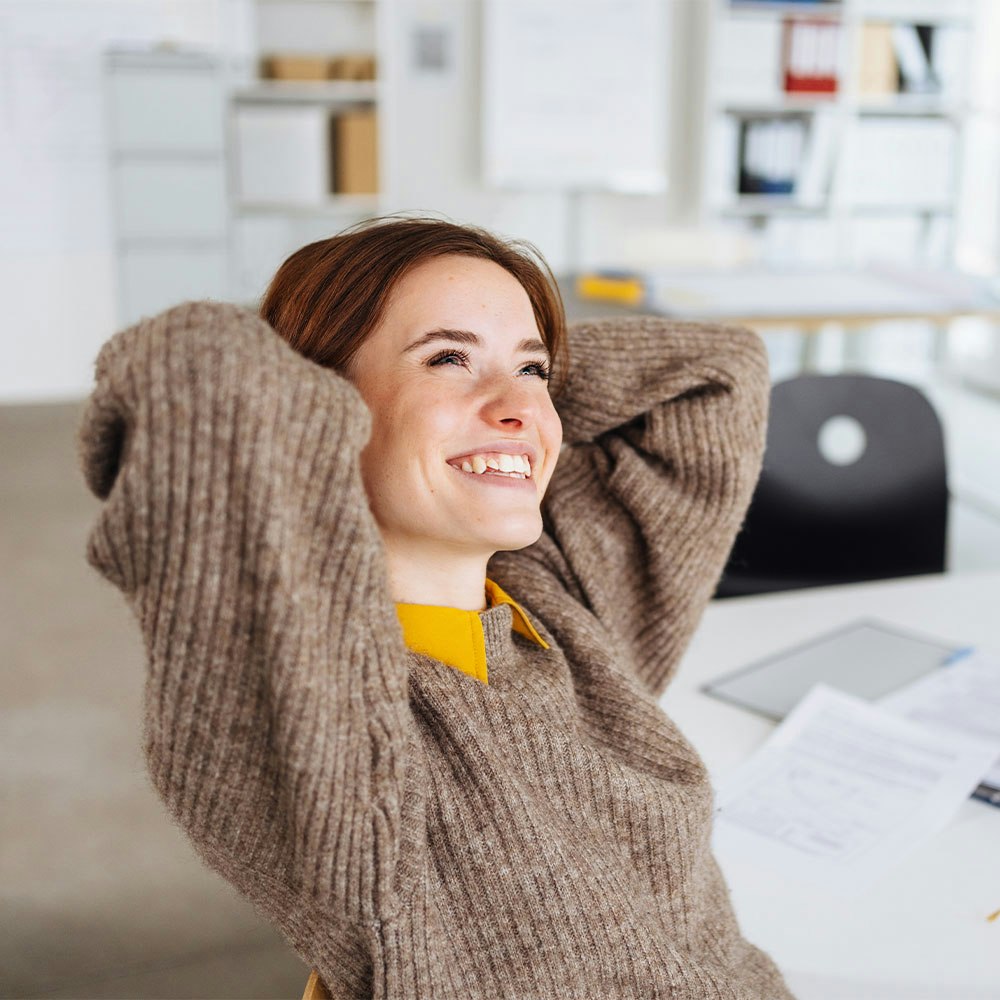
Scope of application of light therapy
One of the best-known applications of light therapy is the treatment of seasonal affective disorder (SAD). SAD is a form of depression that typically manifests itself in the darker winter months when daylight becomes scarce. Studies have shown that morning exposure to bright light can relieve the symptoms of SAD.
Light therapy devices for SAD produce an intense white light that mimics daylight.
You sit or work near the device and the light hits your eyes indirectly, "tricking" your brain into thinking it's a bright, sunny day. The science behind this form of therapy is based on the observation that light affects the balance of melatonin and serotonin, two hormones that regulate your mood and sleep-wake cycle. In the darker months, the body produces more melatonin, a hormone that makes you sleepy, and less serotonin, which acts as a mood enhancer.
Light therapy can restore this balance and relieve depressive symptoms. But the applications of light therapy go beyond SAD.
It is also used to treat sleep disorders, jet lag and certain skin conditions such as psoriasis and acne. Infrared light, a special form of light therapy, is used to treat muscle pain and arthritis because it promotes blood circulation and cell regeneration.
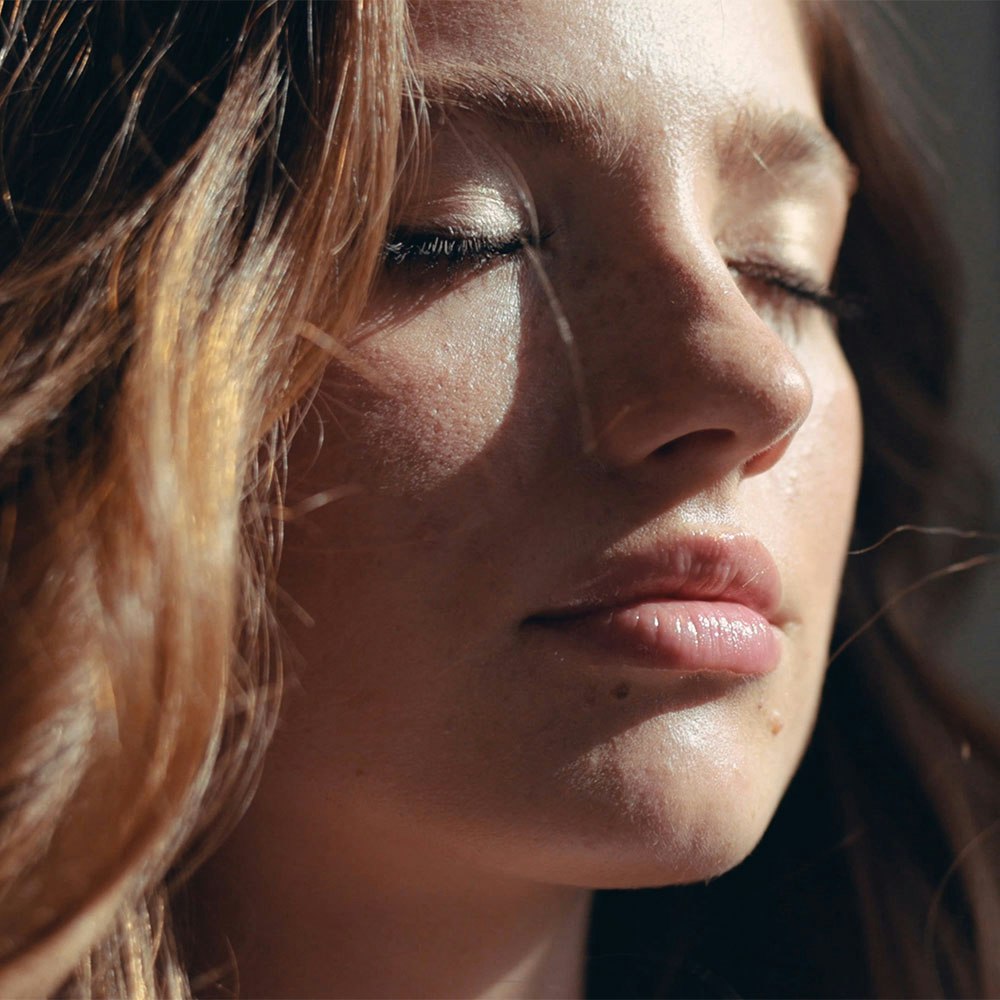

Light therapy in the practice
Light therapy can also be used to help chronic wounds and ulcers to heal. Light treatment can accelerate cell division and thus wound healing. This is particularly effective for patients with diabetes, whose wounds often heal very slowly.
But how does it work? In theory, light therapy is quite simple: light, especially in the blue and red range of the spectrum, can penetrate deep into the skin layers. There it stimulates energy production in the mitochondria, the "power plants" of the cells. As a result, cells can work faster and more effectively and healing processes are accelerated.
Now you have a better understanding of how light therapy works on a scientific basis. But what about the practice? What does a light therapy session look like? And what should you consider if you want to try it yourself? A light therapy session varies depending on the type of therapy and the specific problem being treated. For example, for treating SAD, a session might involve you sitting in front of a light box that emits an intense white light for 20 to 30 minutes. These sessions usually take place in the morning to simulate your natural daily rhythm. For skin problems, special light therapy devices that emit blue or red light could be used. These sessions can be longer and may require several visits per week.
It is important to note that although light therapy is a very safe treatment method, it is not suitable for everyone. People with certain eye conditions or a sensitivity to light should use it with caution. It is always best to speak to a doctor or therapist before you start light therapy.In the context of wound healing, especially for patients with diabetes or other circulatory conditions, light therapy can often be used in combination with other treatments. Infrared light, which can penetrate deep into the tissue layers, is often used here.
It promotes blood circulation and stimulates cell division, which contributes to faster healing of ulcers and chronic wounds. In terms of practical implementation, a light source - often an LED or a laser - is pointed directly at the wound. The duration and frequency of treatment can vary greatly and depends on the size and severity of the wound. As with other forms of light therapy, it is important to perform this treatment under the guidance of a healthcare professional to achieve the best results and minimise potential side effects. Outside of the medical field, light therapy can also be found in various wellness and relaxation techniques. An increasingly popular application is "coloured light therapy" or "chromotherapy".
Here, different colours of light are used to promote different moods or feelings. For example, blue can be used to promote calm and relaxation, while red is often associated with energy and vitality. As with any treatment, it is true that effectiveness can vary from person to person. Therefore, it is important to have realistic expectations and consider light therapy as part of a comprehensive wellness or treatment plan. It is also important to remember that although light therapy offers many benefits, it should not be seen as a replacement for traditional medical treatments and healthy lifestyle habits. On the whole, light therapy offers an interesting and promising way to enhance our health and well-being. As research and technological advances grow, we will surely learn more and more about the potential of this form of therapy.

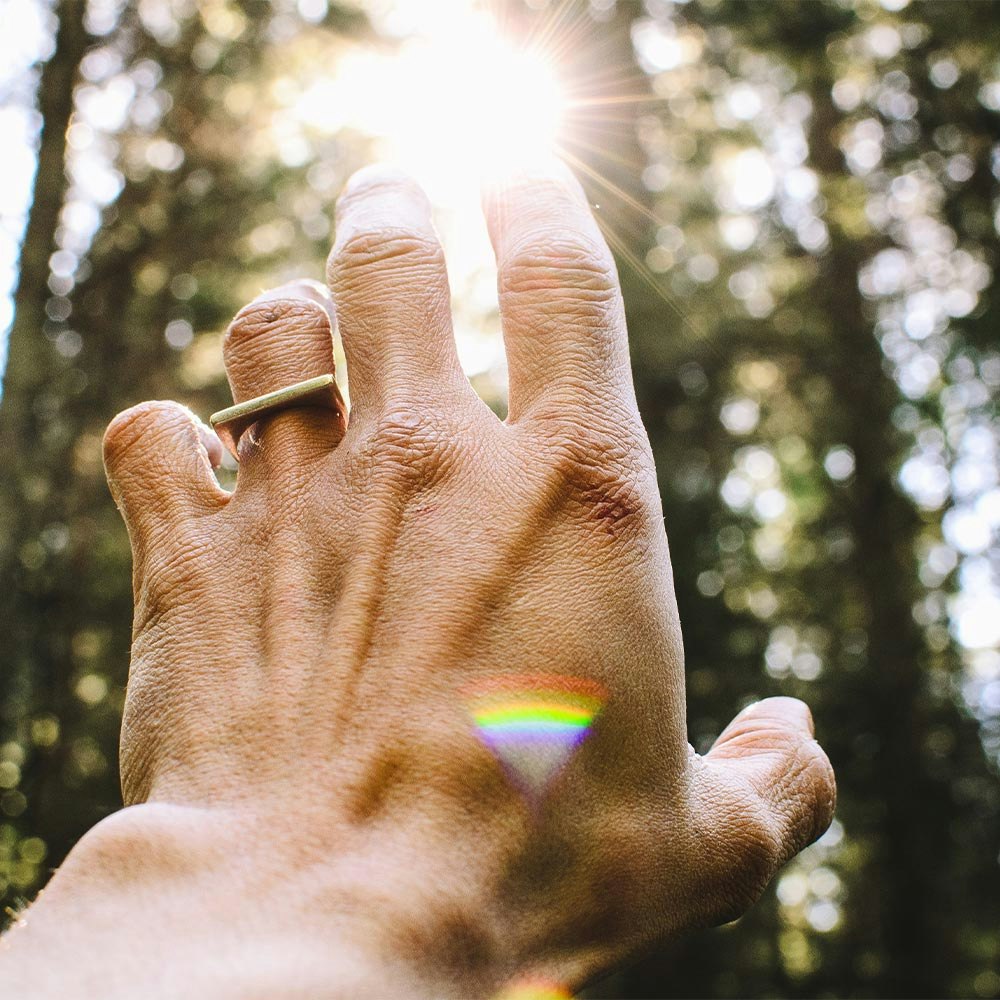


Conclusion - This is how you do everything right!
In summary, light therapy is a fascinating and growing discipline in medical science. It uses the potential of light as a healing agent and has already helped many people to alleviate their health problems. Although research is still ongoing, the future of light therapy is bright and promising.
Remember that if you are thinking about trying light therapy, you should always follow the advice of health professionals to ensure that you are using it safely and effectively.
If you are still undecided about how to implement lighting in your home, why not make an appointment with the lighting designers at Skapetze for a personal consultation and the development of an individual lighting concept ?
You are also welcome to visit us on site in Simbach am Inn at , Bavaria's largest lighting studio .
If you already have a concrete idea of how the luminaires should look in your home, we can help you turn this idea into reality - our in-house workshop makes it possible.







